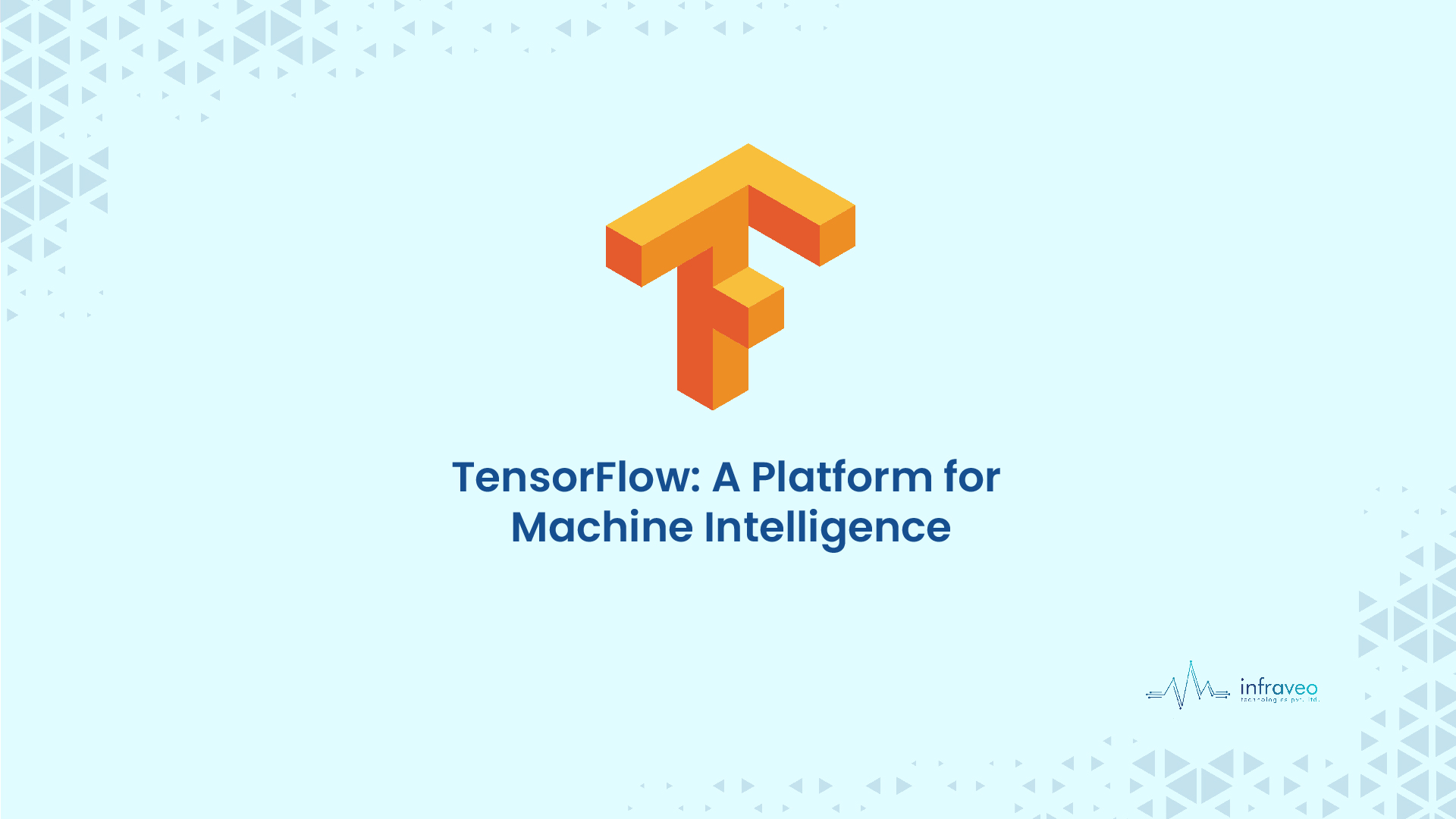Introduction
TensorFlow is an open-source software library for machine learning. It was originally developed by researchers and engineers working on the Google Brain Team within Google’s Machine Intelligence research organization. It conducts machine learning and deep neural networks research, but the system is general enough to be applicable in a wide variety of other domains as well!
What is TensorFlow?
- TensorFlow is a software library for numerical computation using data flow graphs.
- It was originally developed by researchers and engineers working on the Google Brain Team within Google’s Machine Intelligence research organization. Conducts machine learning and deep neural networks research, but the system is general enough to be applicable in a wide variety of other domains as well!
- An open-source software library that was originally developed by researchers and engineers working on the Google Brain Team within Google’s Machine Intelligence research organization. Conducts machine learning and deep neural networks research, but it’s general enough to be applicable in a wide variety of other domains as well.
Why use TensorFlow?
TensorFlow is a deep learning framework. It can be used for a variety of applications and is one of the most popular libraries today. TensorFlow has a large community. That means you can get help from fellow users if you run into problems or need advice on how to use it.
TensorFlow also has a large ecosystem that includes tools like Keras and TensorBoard, which will help you visualize your results and make sure they’re accurate before moving on to the next step in your project! In addition to this, TensorFlow has been updated over time so it’s more flexible than ever before. There are now thousands upon thousands of algorithms available within this framework.
Finally—and perhaps most importantly—TensorFlow scales well across different hardware platforms such as CPUs vs GPUs vs FPGAs/GPUs; this means that using your laptop won’t limit what kind of computer power would allow for maximum performance!
The bright side of TensorFlow
- It is powerful, flexible, and scalable.
TensorFlow is a flexible and scalable machine learning system. It was originally developed by researchers and engineers working on the Google Brain Team within Google’s Machine Intelligence research organization to conduct machine learning and deep neural networks research, but the system is general enough to be applicable in a wide variety of other domains as well!
- TensorFlow offers many advantages over other systems such as Keras, Tensai, or Theano. For example:
It supports multiple GPUs/CPUs as well as multiple machines (gRPC) on one host (local/cloud). This means that you can train models using multiple GPUs simultaneously without needing to upgrade them all at once like with Keras – it also allows you to run your model locally without having to deploy it somewhere else first! This makes it easier than ever because you don’t have any extra work to set up your environment before getting started; just open an editor window where TensorFlow lives inside our directory structure.
TensorFlow Core
It consists of the following components:
– Graph Engine:
The graph engine handles all the data flow in TensorFlow. It can run multiple graphs simultaneously and manages their transitions between states.
– Optimization:
The optimization module is responsible for optimizing the model’s performance. It can be used to find the best hyperparameters for a given task or to select from among a set of models trained on different data sets to find one that works best.
– Session Manager:
The session manager is responsible for managing all of the Tens and all of TensorFlow’s running instances and/or Flow’s running instances and managing the state between runs.
– Built-in Operations:
The built-in operations are available through a simple API. It allows you to use any type of data operation supported by TensorFlow, such as convolution or neural network training.
Conclusion
TensorFlow is a library. It is flexible, scalable, and powerful. TensorFlow provides an easy-to-use interface for building machine learning models on a variety of hardware platforms. TensorFlow also comes with built-in support for many different types of data structures and operations. Also, features like automatic differentiation (AD) and automatic optimization (AS).




